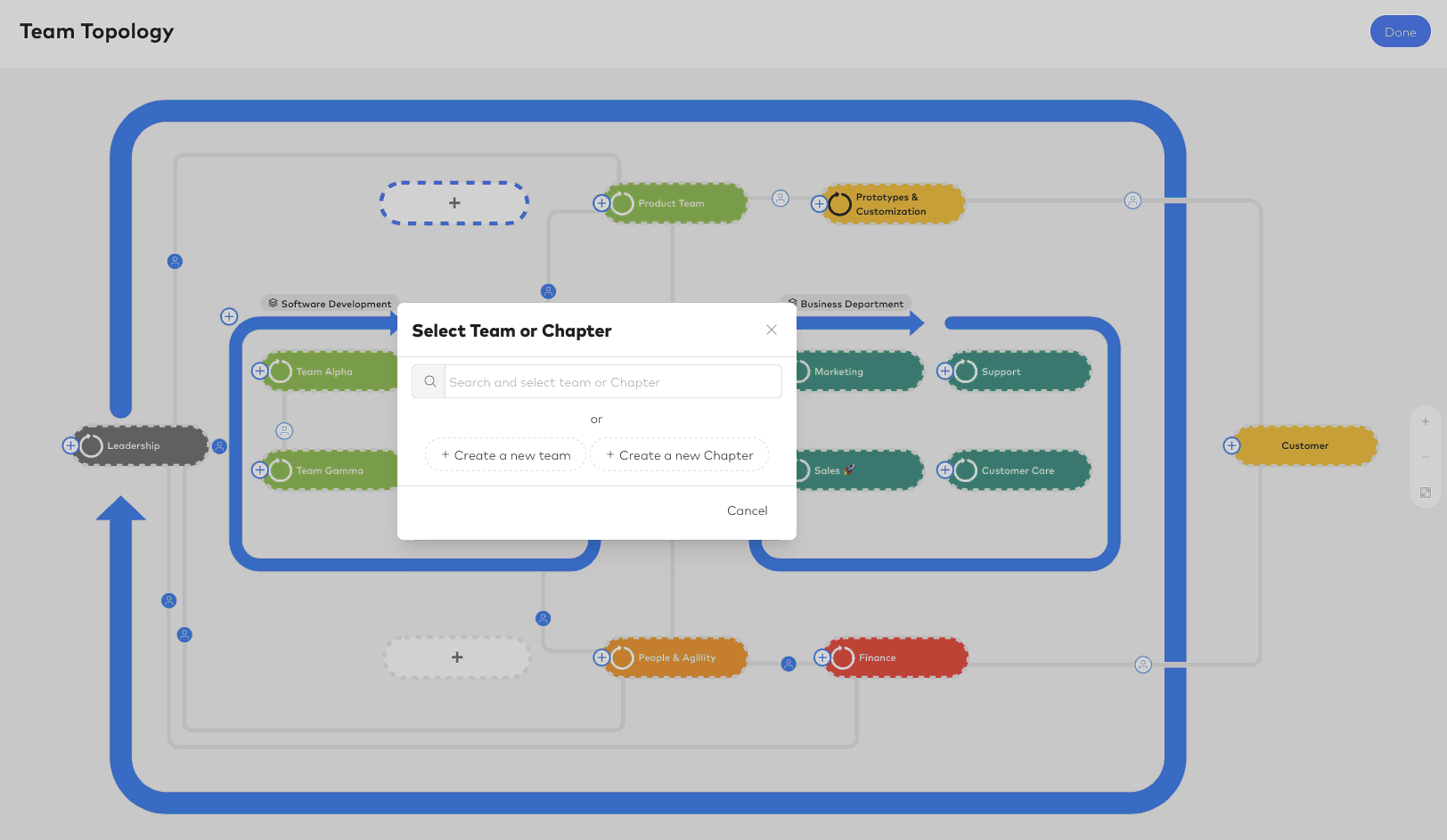
The Spotify Model



- Empowering teams to make autonomous decisions
- One of the key factors in being successful with the Spotify agile framework is having the right tooling in place
In the early 2010s, the company began to embrace an agile approach to software development. This approach is based on the Agile Manifesto, a set of principles for software development that emphasizes flexibility, rapid iteration, and collaboration between cross-functional teams. In 2011, Spotify published a blog post about its use of agile methods, which attracted a lot of attention from other companies that were interested in adopting agile practices.
In the following years, Spotify continued to share its experiences with agile development through blog posts, conference presentations, and case studies and over time the Spotify agile framework became a highly popular way of adapting agile methodologies.
One key aspect of the Spotify agile framework is the use of cross-functional teams, known as "squads," which are responsible for developing and maintaining a specific feature or product. These squads are self-organizing and empowered to make decisions about their own work, which allows them to move quickly and respond to changing business needs.
Another important aspect of the Spotify agile framework is the use of "tribes," which are groups of squads that work on related areas of the business. Tribes provide a level of coordination and alignment between squads, while still allowing them to maintain their autonomy and flexibility.
Empowering teams to make autonomous decisions
The Spotify agile framework focuses on empowering teams to make autonomous decisions and take ownership of their work. This helps to foster a culture of innovation and creativity, as well as encourage team members to take initiative and drive progress.
Moreover, it emphasizes on continuous experimentation and learning. This means that teams are encouraged to try out new ideas and approaches, and to learn from their successes and failures. This helps teams to stay agile and adaptable, and to continuously improve their processes and products.
Build and visualize a skills-based organization with a collaborative culture
One of the key factors in being successful with the Spotify agile framework is having the right tooling in place
However, the Spotify agile framework is not without its weaknesses. One potential weakness is that it can be challenging to implement in larger organizations, where there may be more bureaucracy and hierarchy. Additionally, the framework relies on strong communication and collaboration between teams, which can be difficult to achieve if team members are not co-located or if there are language or cultural barriers.
One of the key factors in being successful with the Spotify agile framework is having the right tooling in place. This includes tools for project management, communication, and collaboration, as well as tools for tracking progress and measuring success. Without the right tooling, it can be difficult for teams to effectively manage their work and stay aligned with company goals.
In addition to the right tooling, it is also important to have the right visualization of your organizational structure in order to be successful with the Spotify agile framework. This includes having clear roles and responsibilities for team members, as well as establishing strong communication channels between teams. By visualizing the structure of your organization in this way, you can better understand how work flows through the organization and identify any bottlenecks or areas for improvement.
While it has its strengths and weaknesses, by implementing the right tooling and visualization of your organizational structure, you can increase your chances of success with this framework.
By submitting this form, I confirm that I have read the privacy policy and that I consent to the processing of my personal data by agyleOS for the purposes stated. In the event of consent, I can revoke my consent at any time. Furthermore, by submitting the form, I agree to the general terms and conditions.


